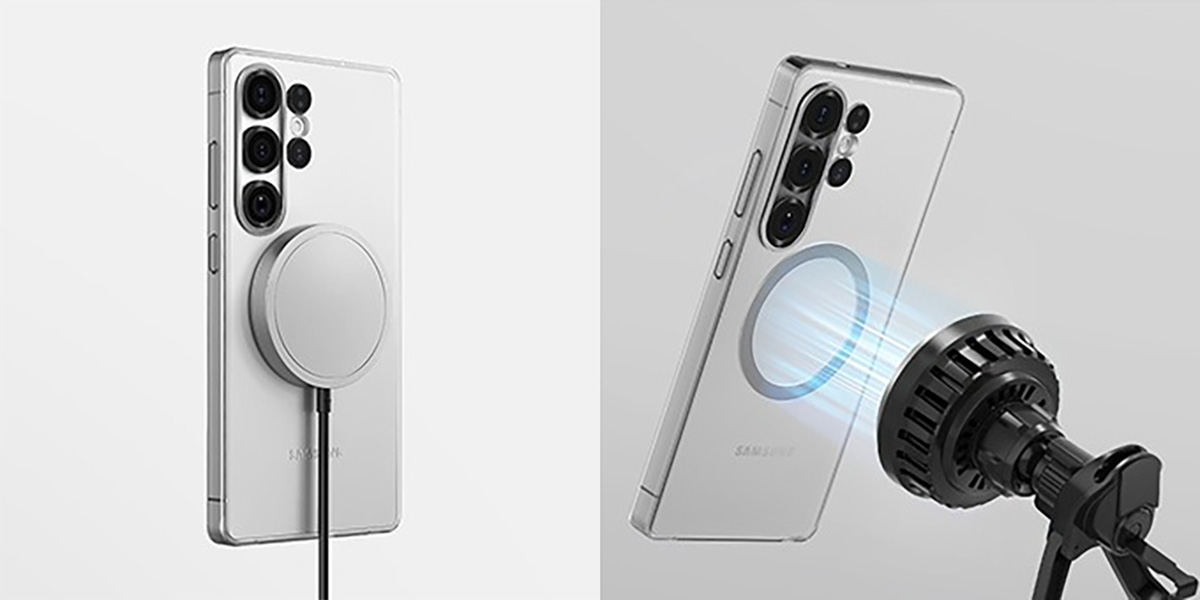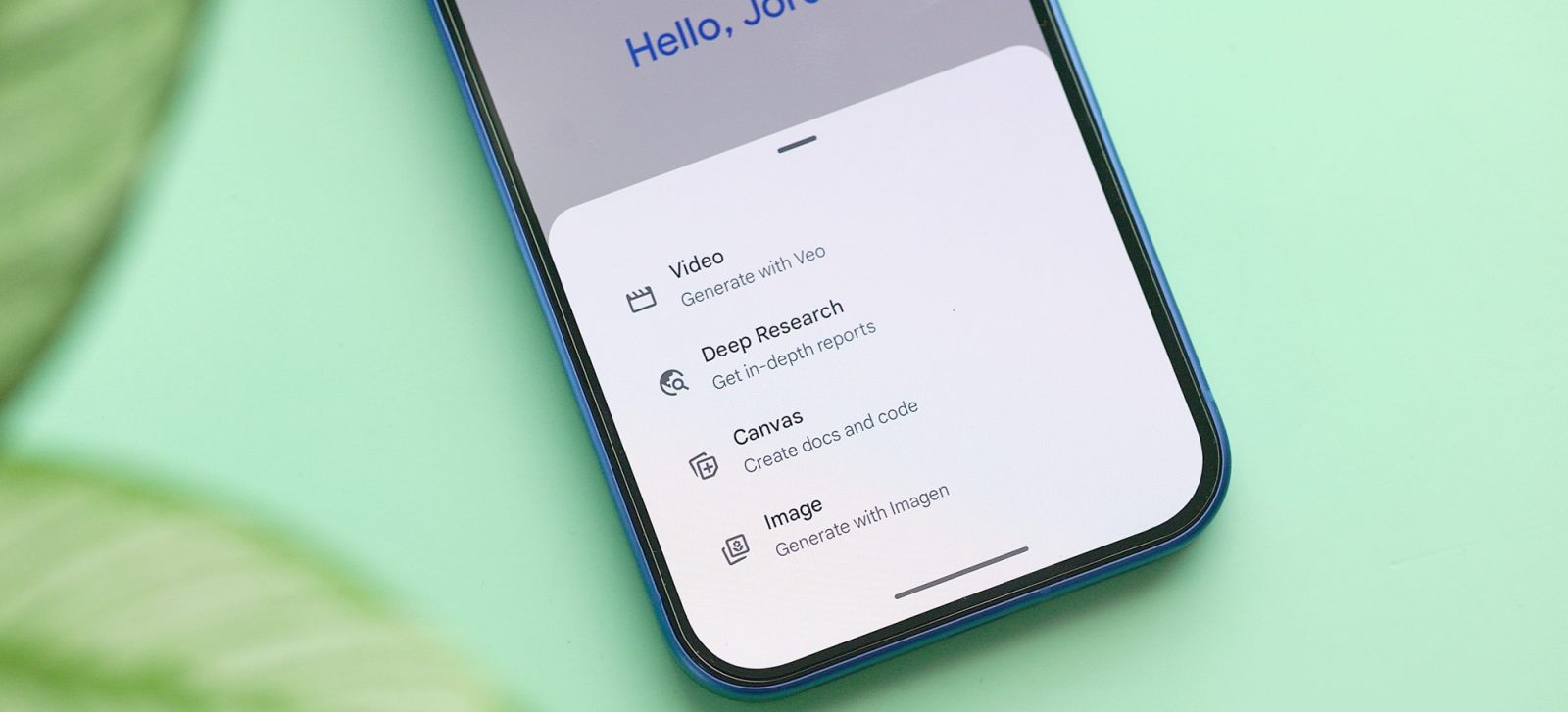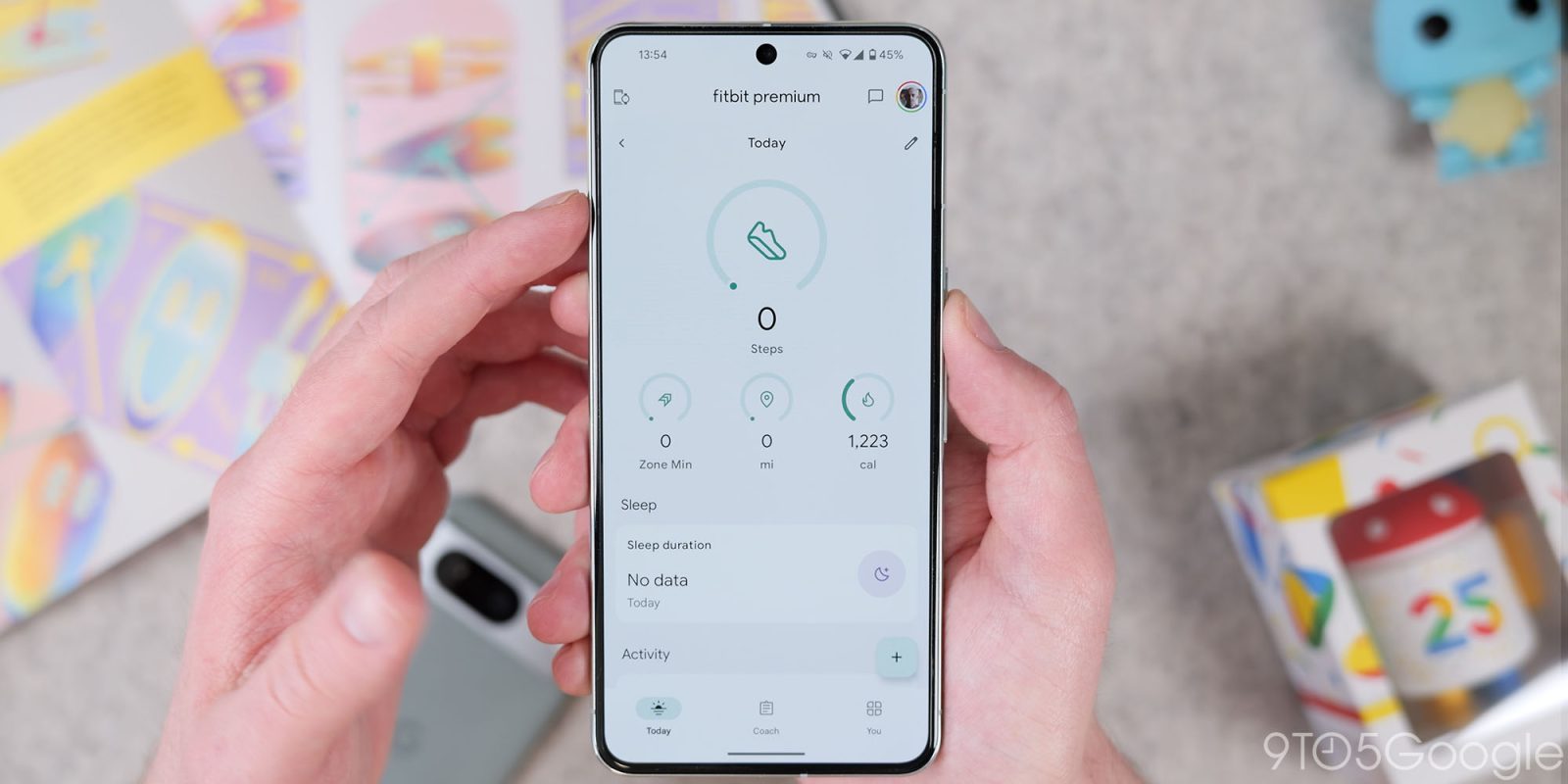Samsung has recently introduced two new wireless charging accessories: the Single Wireless Charging pad priced at $34.99 and the Car Wireless Charger available for $84.99. Both devices are designed to support the Qi2 Magnetic Power Profile (MPP) charging standard, which facilitates magnetic alignment for efficient wireless charging. However, a significant caveat exists for Galaxy smartphone users: these devices lack built-in support for Qi2’s magnetic alignment feature.
To utilize these new chargers effectively, Galaxy phone owners must invest in additional accessories. Specifically, a Qi 2.0-certified magnetic case is required to enable the magnetic alignment functionality. Samsung offers such cases, with the official Qi2 case for the Galaxy S25 priced at $29.99 and the one for the Galaxy Z Fold 7 at $54.99. Notably, the case for the Galaxy Z Fold 7 does not cover the front of the foldable device, potentially leaving it vulnerable to damage.
Furthermore, Samsung’s product listings indicate that a 25W power adapter, sold separately, is necessary to achieve optimal charging speeds. This requirement adds to the overall cost for consumers seeking to take full advantage of the new charging technology.
The introduction of these chargers underscores a broader issue: Samsung’s current Galaxy smartphones do not natively support the Qi2 standard. Unlike some competitors, such as Google’s Pixel 10 series, which have embraced Qi2 with built-in magnetic alignment, Samsung’s approach relies on external accessories to provide similar functionality. This strategy may be seen as a workaround rather than a fully integrated solution.
The Qi2 standard, introduced to enhance wireless charging efficiency through better alignment and reduced energy loss, offers significant benefits. However, Samsung’s current implementation requires users to purchase additional accessories, which may not be well-received by all consumers. The necessity of buying both a compatible case and a separate power adapter could be perceived as an inconvenience and an added expense.
In summary, while Samsung’s new Qi2 wireless chargers represent a step forward in charging technology, the lack of native support in Galaxy smartphones means that users must invest in additional accessories to fully benefit from these advancements. This approach highlights the importance of considering both hardware capabilities and user convenience in the adoption of new technological standards.



